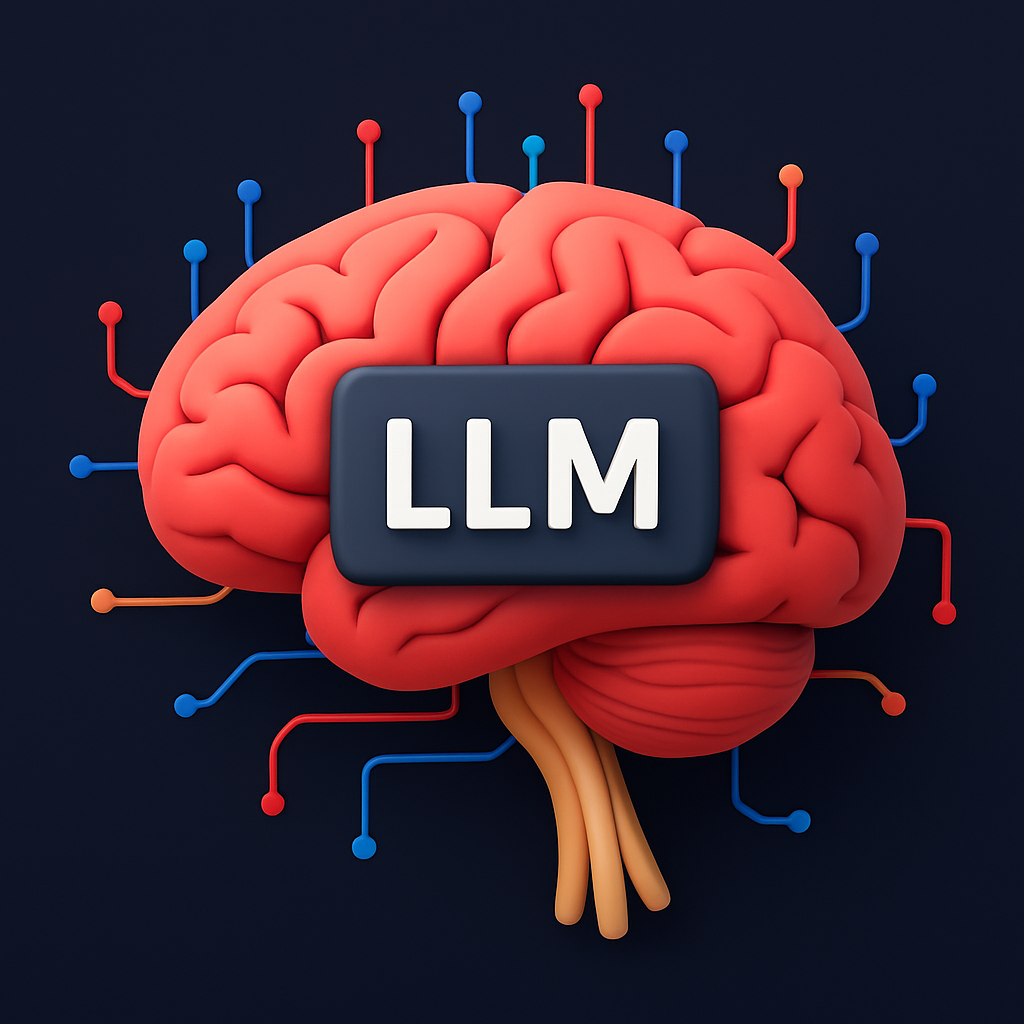How can AI and LLMs help sales teams draft hyper-personalized LinkedIn messages?

In the B2B world, LinkedIn has become the new sales floor—a space where relationships begin, deals are sparked, and thought leadership drives credibility. But with hundreds of outreach messages sent daily, most still fall flat. Why? Because they sound generic. The key to breaking through isn’t just automation—it’s authentic personalization at scale, and that’s where AI and large language models (LLMs) are redefining the game.
Let’s explore how these technologies are helping sales teams craft LinkedIn messages that sound human, relevant, and relationship-driven—without the copy-paste feel.
1. Intelligent Prospect Research in Seconds
AI-powered tools can instantly analyze a prospect’s LinkedIn profile, recent posts, company news, and mutual connections to identify talking points. Instead of spending 10–15 minutes researching each lead, LLMs summarize insights like:
- Shared interests or industry events attended
- Common professional challenges based on their role
- Company updates, funding news, or hiring trends
2. Tone Adaptation and Brand Voice Alignment
LLMs can mirror your company’s brand voice and adjust tone based on who you’re messaging—formal for executives, conversational for peers, or enthusiastic for startup founders. This adaptive tone modulation ensures outreach feels natural and aligned with both sender and recipient personality styles.
Sales teams can even fine-tune prompts like “make this sound friendly but professional” or “add a touch of humor,” letting the AI craft messages that feel written by a real person, not a template.
3. Hyper-Personalized Templates That Evolve
Rather than static message templates, AI can create dynamic frameworks that evolve as it learns from engagement data. If a certain phrasing or intro gets better replies, the LLM adapts future drafts automatically.
It can incorporate details such as:
- Job title relevance (“As a RevOps leader…”)
- Engagement cues (“Saw you commented on…” )
- Industry-specific challenges (“AI adoption in logistics is accelerating fast—what’s your view?”)
This kind of scalable personalization means every message feels handcrafted—at volume.
4. Conversation Continuation and Follow-Up Drafting
AI agents don’t just write first messages—they help sustain conversations. By analyzing tone, response history, and sentiment, LLMs can suggest natural follow-ups, reminders, or even content recommendations (like sharing a relevant case study or article).
5. Data-Driven Optimization Across Campaigns
By analyzing response rates, read times, and message sentiment, AI can recommend what’s working—and what’s not. It helps sales leaders identify which tone, structure, or topics resonate best across industries, enabling continuous improvement of outreach strategies.
The Bottom Line
AI and LLMs are revolutionizing LinkedIn outreach by combining contextual intelligence, tone sensitivity, and adaptive learning. They help sales teams move from generic automation to authentic personalization—building trust, not noise. The result? Fewer ignored messages, stronger connections, and higher conversion rates.
Read More: https://intentamplify.com/lead-generation/
- Art
- Causes
- Crafts
- Dance
- Drinks
- Film
- Fitness
- Food
- Spellen
- Gardening
- Health
- Home
- Literature
- Music
- Networking
- Other
- Party
- Religion
- Shopping
- Sports
- Theater
- Wellness




